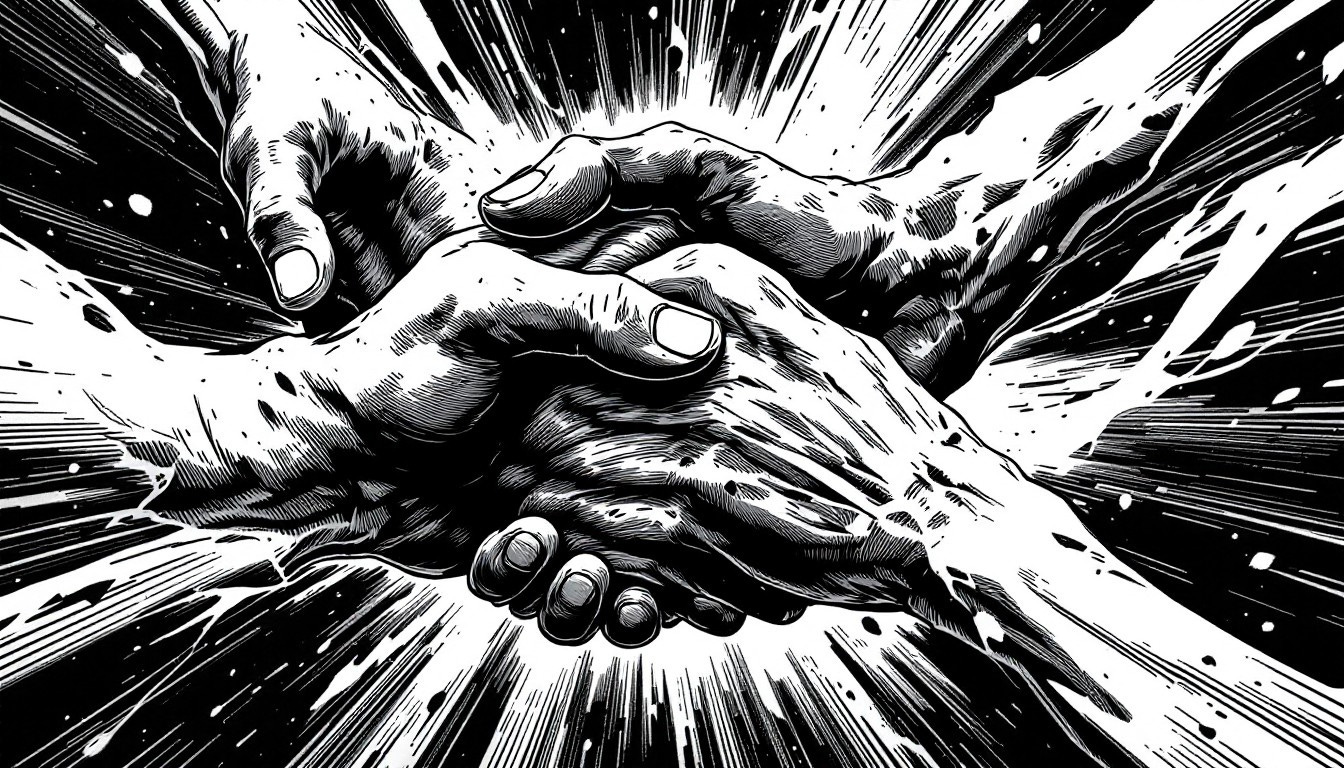
In many teams, conflict is viewed as threatening and destructive — something to be avoided, managed, or silenced. After all, “good” teams get along, right?
Not quite.
In truth, the absence of conflict often signals something far more dangerous than disagreement: conformity.
When a team goes out of its way to avoid tension, it’s often a sign that honesty, innovation, and accountability are quietly being sacrificed. People nod in agreement, but they don’t truly buy in. Decisions are made, but the best ideas stay hidden. Progress appears smooth on the surface, but under the waterline, frustration and disengagement start to build.
What do the best teams do differently?
They engage in healthy conflict — robust, respectful conversations where diverse views are welcomed, hard truths are spoken, and assumptions are challenged. Not for the sake of drama, but for the sake of growth. These teams have the psychological safety to speak up and the relational maturity to stay united while disagreeing.
This requires emotional intelligence across the board. Each team member must be self-aware enough to manage their emotions, curious enough to understand others' — and willing to allow their own perspective to evolve in light of new insight.
Healthy conflict is never personal — it’s about addressing the issue, not attacking the person. As Patrick Lencioni emphasises in The Five Dysfunctions of a Team, fear of conflict is one of the key barriers to team performance, and overcoming it is essential to build real trust and commitment.
A 2017 study published in the Journal of Organizational Behavior found that teams able to engage in task conflict — where differing ideas are debated respectfully — often outperform those that avoid it. The key distinction? They separate the issue from the individual, recognising that it’s not about ego or being right — it’s about the greater good and identifying the best solutions for the collective and the system.
They understand that cohesion doesn’t mean uniformity — it means alignment, forged through tension, not in spite of it. And they know that consensus isn’t always necessary for high performance. What matters is that every voice is heard and genuinely acknowledged, even when the final decision doesn’t reflect everyone’s individual view. This distinction between inclusion and consensus is critical — and often misunderstood.
👀 If you’re part of a team that rarely disagrees or struggles to decide, it’s worth asking:
Constant agreement isn’t always a virtue. Sometimes it’s a sign that important perspectives are being withheld.
💭 Want to help your team navigate conflict in a way that builds unity and performance?
I offer a team coaching process and solutions that help teams engage honestly, build trust, and execute in alignment and improve performance.
📩 DM me for an obligation-free chat.
🔁 Or share this post with a colleague who needs to hear it.
Let’s normalise the conversations teams have been conditioned to avoid.
